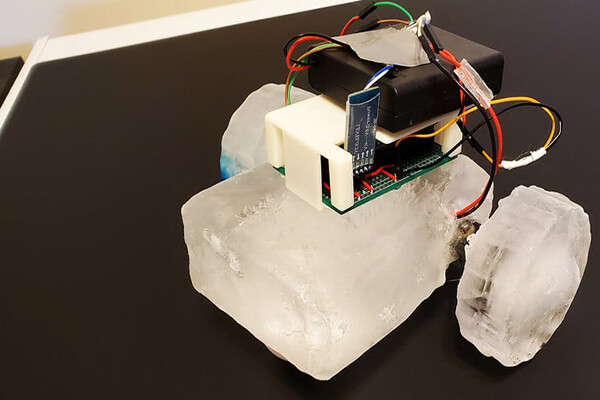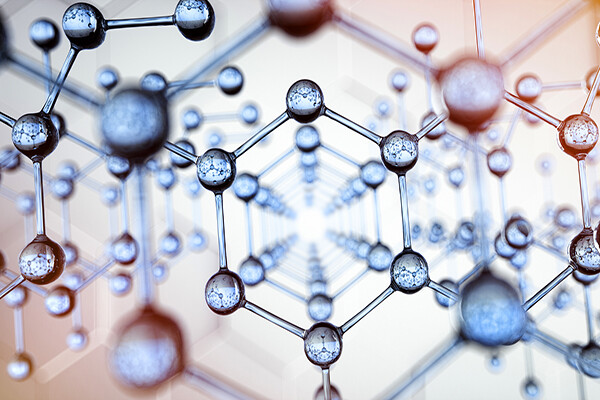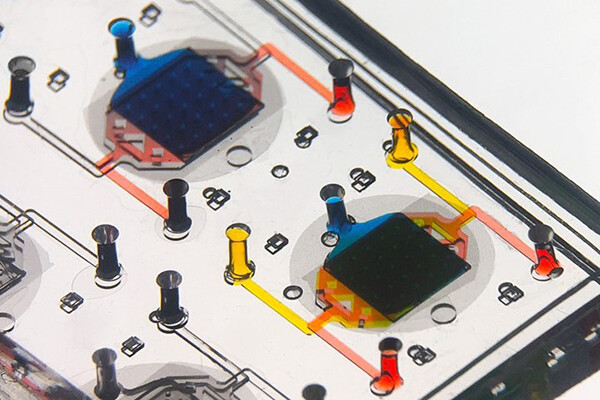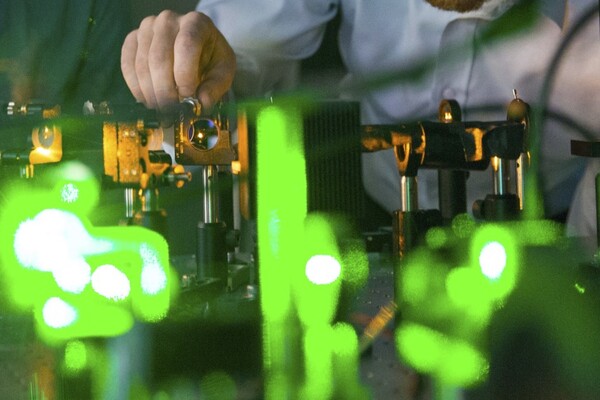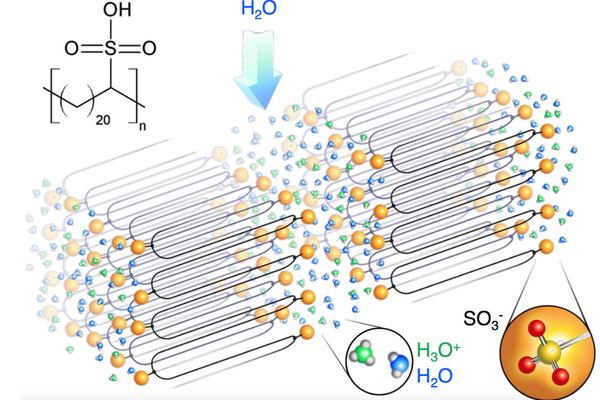
The researchers’ new technique allows clumps of cells to be picked and placed into a self-healing hydrogel, which holds them in complex spatial arrangements as they grow together. Once the tissue model is formed, the hydrogel is washed away. (Image: Penn Engineering Today)
